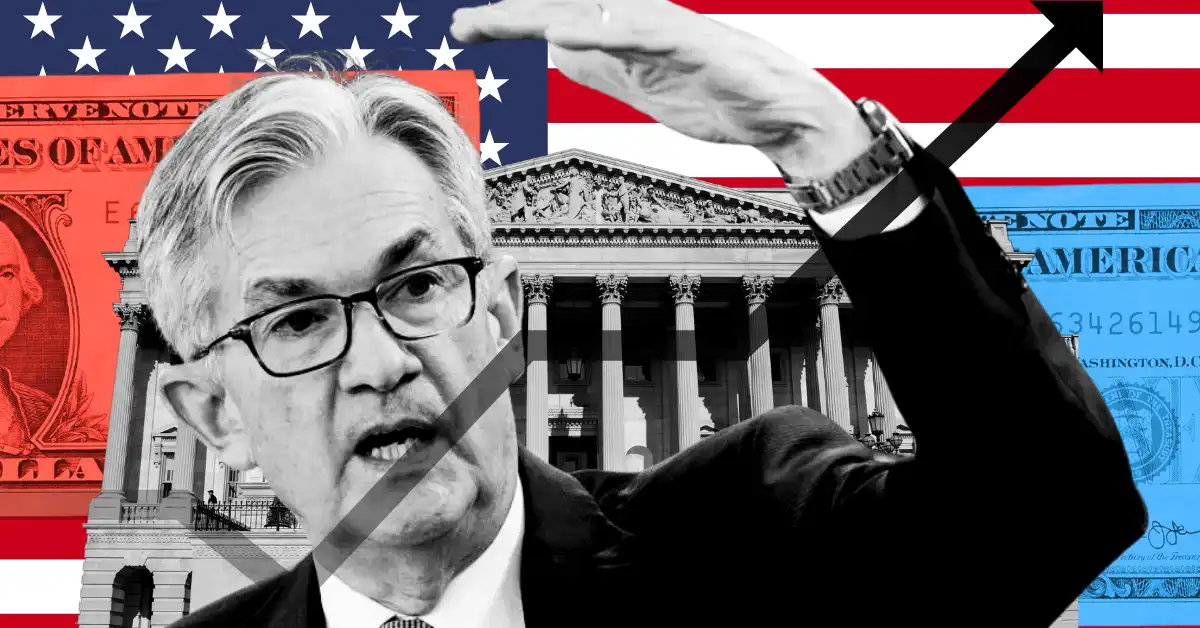Central Bank Update
Live Insights from Major Central Banks
1. Interest Rate Decisions
Central banks adjust interest rates to control inflation and support economic growth. A hike can combat rising prices but may slow economic activity, while a cut typically aims to boost spending and investment. Traders anticipate these decisions to align positions with policy directions.

2. Inflation Control Strategy
Inflation targeting is a key mandate for central banks. Tools like interest rates, open market operations, and reserve requirements help moderate price rises. Effective control prevents erosion of purchasing power and supports currency strength in global trade.

3. Central Bank Digital Currencies (CBDCs)
CBDCs are the digital version of fiat currencies issued by central banks. They offer enhanced security, traceability, and cost-efficient transactions. While in early stages, countries like China and India are actively testing frameworks for future national rollout.

4. Quantitative Easing & Tightening
In extreme scenarios, central banks resort to QE by purchasing bonds to inject liquidity. Conversely, QT contracts the money supply. These actions impact asset values, interest rates, and inflation, making them essential tools during financial crises or overheating.

5. Forward Guidance Communication
Forward guidance shapes market expectations about future monetary moves. Statements by central bankers, even subtle hints, can trigger significant reactions in bonds, forex, and equities. This strategy aims to minimize surprise and ensure transparency.

6. Central Bank Independence
Independence from political influence is vital for credible monetary policy. A central bank that operates autonomously can better manage inflation and long-term economic stability. Political interference can weaken investor confidence and destabilize financial markets.

